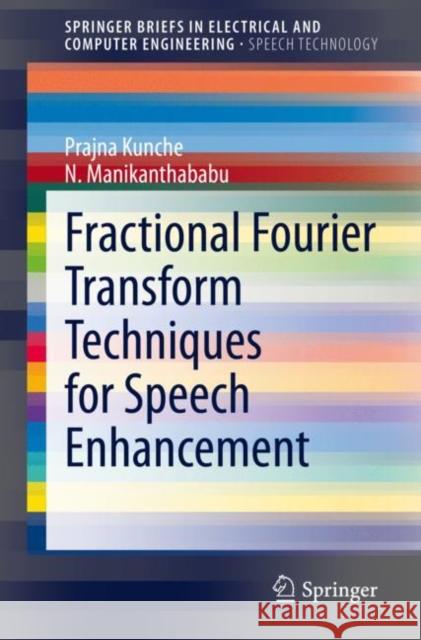Fractional Fourier Transform Techniques for Speech Enhancement » książka
topmenu
Fractional Fourier Transform Techniques for Speech Enhancement
ISBN-13: 9783030427450 / Angielski / Miękka / 2020 / 104 str.
Fractional Fourier Transform Techniques for Speech Enhancement
ISBN-13: 9783030427450 / Angielski / Miękka / 2020 / 104 str.
cena 221,90 zł
(netto: 211,33 VAT: 5%)
Najniższa cena z 30 dni: 212,02 zł
(netto: 211,33 VAT: 5%)
Najniższa cena z 30 dni: 212,02 zł
Termin realizacji zamówienia:
ok. 22 dni roboczych
Bez gwarancji dostawy przed świętami
ok. 22 dni roboczych
Bez gwarancji dostawy przed świętami
Darmowa dostawa!
Kategorie:
Kategorie BISAC:
Wydawca:
Springer
Seria wydawnicza:
Język:
Angielski
ISBN-13:
9783030427450
Rok wydania:
2020
Wydanie:
2020
Numer serii:
000419729
Ilość stron:
104
Waga:
0.17 kg
Wymiary:
23.39 x 15.6 x 0.61
Oprawa:
Miękka
Wolumenów:
01











